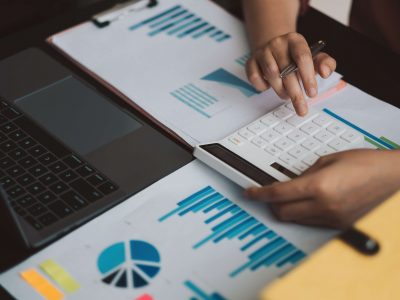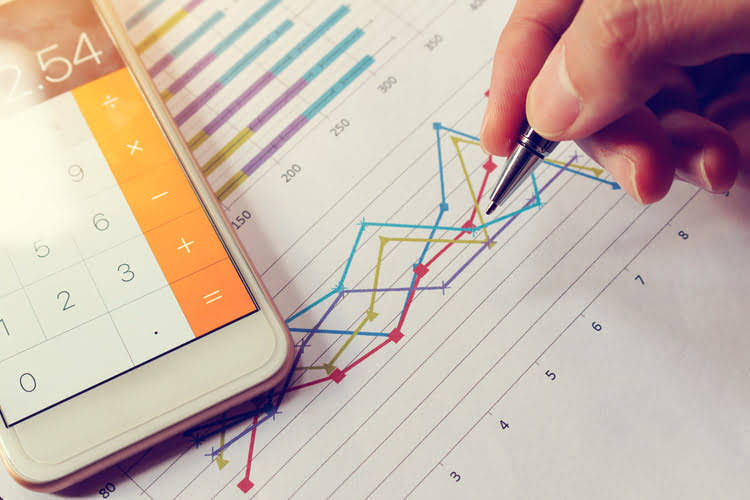
Like assets, you need to identify your liabilities which will include both current and long-term liabilities. Like assets, liabilities can be classified as either current or balance sheet for dummies noncurrent liabilities. These revenues will be balanced on the asset side of the equation, appearing as inventory, cash, investments, or other assets. The image below is an example of a comparative balance sheet of Apple, Inc. This balance sheet compares the financial position of the company as of September 2020 to the financial position of the company from the year prior.
Get Any Financial Question Answered
Some financial ratios need data and information from the balance sheet. This may include accounts payables, rent and utility payments, current debts or notes payables, current portion of long-term debt, and other accrued expenses. It is also possible to grasp the information found in a balance sheet to calculate important company metrics, such as profitability, liquidity, and debt-to-equity ratio. Similar to the current ratio and quick ratio, the debt-to-equity ratio measures your company’s relationship to debt.

What is a balance sheet versus an income statement?

Balance sheets are one of the most critical financial statements, offering a quick snapshot of the financial health of a company. Learning how to generate them and troubleshoot issues when they don’t balance is an invaluable financial accounting skill that can help you become an indispensable member of your organization. Double-entry bookkeeping means that both sides of transactions are recorded.

Balance Sheets are Needed for Financial Ratios
We expect to offer our courses in additional languages in the future but, at this time, HBS Online can only be provided in English. We offer Bookkeeping for Veterinarians self-paced programs (with weekly deadlines) on the HBS Online course platform. Liabilities may also include an obligation to provide goods or services in the future.


If a company or organization is privately held by a single owner, then shareholders’ equity will be relatively straightforward. If it’s publicly held, this calculation may become more complicated depending on the various types of stock issued. Here are five steps you can follow to create a basic balance sheet for your organization. Now that the balance sheet is prepared and the beginning and ending cash balances are calculated, the statement of cash flows can be prepared. A lot of times owners loan money to their companies instead of taking out a traditional bank loan. Investors and creditors want to see this type of debt differentiated from traditional debt that’s owed to third parties, so a third section is often added for owner’s debt.
Limitations of Balance Sheets
It can be an asset or a liability, depending on whether the business owes or is owed the money. As a small business, it’s crucial to maintain a fixed asset register. This register serves as a comprehensive record, detailing all the information about each asset owned by your bookkeeping business. Not only does it help in tracking the value and condition of your assets over time, but it also plays a vital role in financial management, ensuring accurate depreciation calculations.
- Not only does it help in tracking the value and condition of your assets over time, but it also plays a vital role in financial management, ensuring accurate depreciation calculations.
- Companies often sell products or services to customers on credit; these obligations are held in the current assets account until they are paid off by the clients.
- The balance sheet includes information about a company’s assets and liabilities, and the shareholders’ equity that results.
- In other words, the balance sheet should be in sync with the income statement.
- The debt-to-equity ratio shows how much equity the company has relative to its liabilities.
- It should not be surprising that the diversity of activities included among publicly-traded companies is reflected in balance sheet account presentations.
- These ratios can give investors an idea of how financially stable the company is and how the company finances itself.
- Balance sheets are typically prepared at the end of set periods (e.g., annually, every quarter).
- This gives you a percentage showing how much the company is financed by debt.
- Current liabilities refer to the liabilities of the company that are due or must be paid within one year.
- A balance sheet is a financial statement that shows the relationship between assets, liabilities, and shareholders’ equity of a company at a specific point in time.
- Shareholder equity or Owner’s equity is the difference between a company’s assets and liabilities.
Balance Sheet is the most important financial statement as it helps us see the company’s financial position at a given point in time. The balance sheet, the Income Statement, and the Cash Flow statement are the three primary financial statements in accounting. To ensure the balance sheet is balanced, it will be necessary to compare total assets against total liabilities plus equity. To do this, you’ll need to add liabilities and shareholders’ equity together. A balance sheet is a financial statement that communicates the “book value” of an organization, as calculated by subtracting all of the company’s liabilities and shareholder equity from its total assets. The asset section is organized from current to non-current and broken down into two or three subcategories.
With a greater understanding of a balance sheet and how it is constructed, we can review some techniques used to analyze the information contained within a balance sheet. Subtracting total liabilities from total assets, Walmart had a large positive shareholders’ equity value, over $81.3 billion. In this type of vertical analysis, we look at all the items in the balance sheet as a percentage of total assets. It gives a better graphical representation of our overall asset base. Looking at the accounting equation, you can see why the statement of financial condition is called the balance sheet; the equal sign means the two sides balance. A liquidity ratio of 2 means you have $2 in liquid assets for every $1 of current liabilities.


